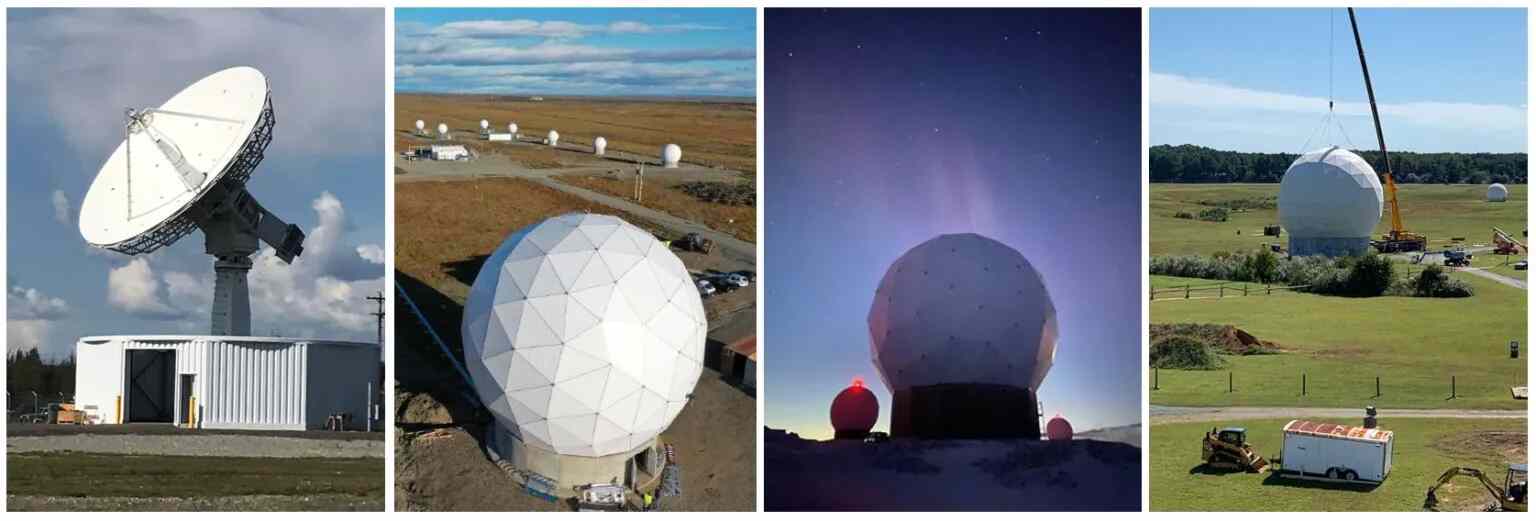NASA's Near Space Network enables the PACE Climate Mission to establish communication with Earth

NASA's PACE mission achieved a significant milestone by successfully transmitting its first operational data back to scientists and researchers. This was made possible, in part, by NASA's Near Space Network's innovative data-storing technology, which introduced two key enhancements for PACE and other upcoming science missions.
When a satellite orbits in space, it generates crucial data about its health, location, battery life, and more. At the same time, the mission's scientific instruments capture images and data that support the overall objective of the satellite. However, transmitting this data back to Earth poses several challenges, which include extreme distances and disruptions or delays that can occur during transmission.
To tackle these challenges, NASA's Near Space Network integrated Delay/Disruption Tolerant Networking (DTN) into four new antennas and the PACE spacecraft. DTN allows for the safe storage and forwarding of data when disruptions occur, ensuring that important information is not lost.
Kevin Coggins, Deputy Associate Administrator for NASA's Space Communications and Navigation (SCaN) program, stressed the importance of DTN, stating, "DTN is the future of space communications, providing robust protection of data that could be lost due to a disruption. PACE is the first operational science mission to leverage DTN, and we are using it to transmit data to mission operators monitoring the batteries, orbit, and more. This information is critical to mission operations."
The PACE mission, located approximately 250 miles above Earth, aims to collect data that helps researchers better understand carbon dioxide exchange between the ocean and atmosphere, monitor air quality and climate-related atmospheric variables, and study the health of the ocean by examining phytoplankton.
While PACE is the first operational science user of DTN, demonstrations of the technology have been successfully conducted on the International Space Station. In addition to DTN, the Near Space Network collaborated with commercial partner Kongsberg Satellite Services in Norway to integrate four new antennas into the network.
These antennas, located in Fairbanks, Alaska; Wallops Island, Virginia; Punta Arenas, Chile; and Svalbard, Norway, allow missions to downlink terabytes of science data at once. As PACE orbits Earth, it will downlink its science data 12 to 15 times a day to three of the network's new antennas, resulting in a daily transmission of 3.5 terabytes of science data.
These advancements in network capability, including DTN and the new antennas, contribute to the Near Space Network's mission to support science missions, human spaceflight, and technology experiments.
Deputy Associate Administrator Kevin Coggins expressed his satisfaction with NASA's Near Space Network, stating, "NASA's Near Space Network now has unprecedented flexibility to get scientists and operations managers more of the precious information they need to ensure their mission's success."
In addition to these new capabilities, the network is also expanding its portfolio by increasing the number of commercial antennas. In 2023, NASA issued a request for proposal seeking commercial providers to integrate into the growing portfolio of the Near Space Network. With an enhanced capacity, the network can support additional science missions and provide more opportunities for data transmission.
The Near Space Network, funded by NASA's Space Communications and Navigation (SCaN) program office at NASA Headquarters in Washington, operates from NASA's Goddard Space Flight Center in Greenbelt, Maryland, and these recent enhancements mark significant progress in advancing communication systems for missions near Earth and in deep space.


 How to resolve AdBlock issue?
How to resolve AdBlock issue?